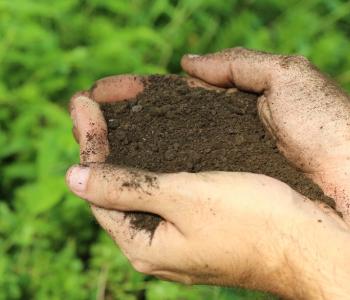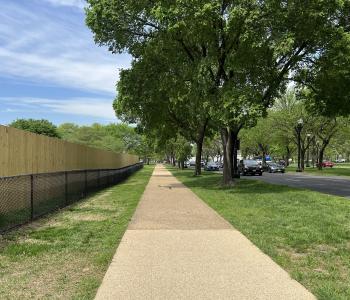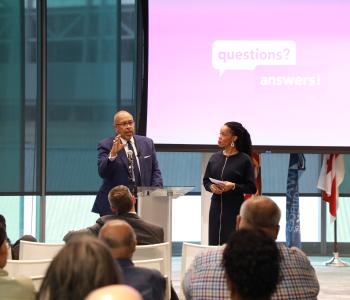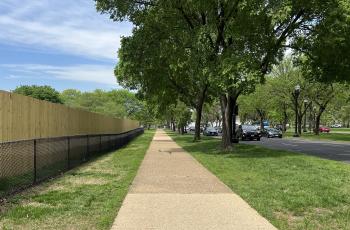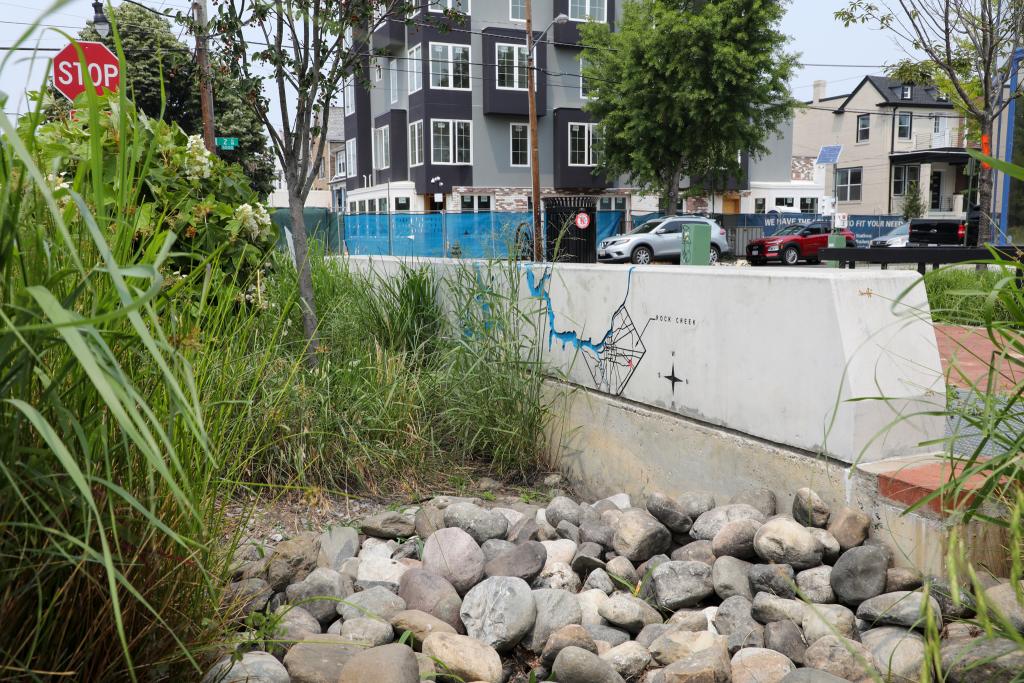DC Water Concludes Investigation after December 2014 Drinking Water Advisory
DC Water completed the investigation that followed a Do Not Drink advisory issued for customers in a portion of Northwest Washington from December 17 19, 2014. At DC Water, the health and safety of our customers is the highest priority, said General Manager George S. Hawkins. Whenever there is a potential risk, we issue an advisory to protect our customers. We did not lift the advisory until test results confirmed that the water was safe, and we conducted a thorough investigation to learn more about the potential contamination that occurred. Multiple water samples were collected throughout the area where reports of the petroleum smell originated, and these samples were collected before, during and after the advisory was in effect. Extensive laboratory analysis conducted on these samples in the weeks following the advisory did not measure the presence of any petroleum based contaminant.
DC Water did not identify a source of the petroleum odor during the inspection of cross-connections (see definition below) at over a 140 sites including buildings, homes, construction sites, gas stations, and underground fuel storage tanks in the area. DC Water continues to monitor in the affected area, and customers are encouraged to contact the Drinking Water Division at 202-612-3440 or the 24-hour Emergency Command Center at 202-612-3400 if they notice any change in their drinking water quality. A summary of DC Waters investigation and answers to common questions about the incident are provided below.
DC Waters investigation included the following actions:
- Identify cross-connections in the affected area. Cross-connections are connections between the drinking water distribution system and a customers water system that could contaminate or pollute the drinking water distribution system. Cross-Connections could originate from irrigation, fire suppression, boilers, or industrial systems. The District of Columbia Construction Codes requires backflow preventers on all cross connections and annual inspection of testable backflow preventers. DC Waters Cross-Connection Control Program enforces the regulatory requirements for cross connection control, tracks the backflow preventers and the annual inspection of testable backflow preventers, and performs property surveys to identify cross-connections and confirm compliance. To learn more about the program or to see examples of backflow preventers, visit our website at http://www.dcwater.com/cc/default.cfm.
- Review of construction activity and utility work in the area. DC Water investigated all repair work and new construction in the area that could have affected the drinking water system.
- Survey of underground fuel storage tanks in the vicinity. DC Water is coordinating with the District Department of the Environment (DDOE) to identify and inspect storage tanks for leaks. To review information about DDOEs underground storage tank regulations, visit their website at http://ddoe.dc.gov/service/underground-storage-tanks-ust-and-lust.
Frequently Asked Questions
How is it possible that the laboratory analysis and DC Waters investigation did not determine where the petroleum odor originated?
Petroleum products are highly volatile, meaning they quickly move from a liquid phase to a gas phase. Because they do not stay in water long it is difficult to catch the contamination in water samples collected after initial reports. It is also possible that the petroleum odor originated from outside the DC drinking water system, but the initial investigation suggested that drinking water contamination was possible. DC Water issued the advisory until tests could confirm that the water was safe. Public safety is our first priority, and we acted conservatively to protect customers from any potential health risk.
Could this situation happen again?
The probability of contamination of the drinking water system is low because the system is pressurized, meaning the water is always pushing outwards. We urge customers to report any unusual odors or observations of the water or dumping of any type of chemical in the sanitary sewer by calling the 24-hour Emergency Command Center at 202-612-3400.
While no water system is risk-free, the Washington DC metropolitan area has put a lot of thought, resources, and practice into making the water system as safe as possible. DC Water regularly participates in planning exercises and coordinates with regulators and emergency response agencies to prepare for contamination scenarios. DC Water is proactively working with District partners to expand laboratory and emergency response capabilities for quicker testing and response for future incidents.
Review information about preparing for water emergencies on DC Waters website at http://www.dcwater.com/education/prepared_for_water_emergencies.cfm.
How did DC Water decide to issue and lift the advisory?
DC Water received customer reports of a petroleum-type odor and conducted field testing with the DC National Guard Civil Support Team and the DC Fire Department. Tests indicated the possible presence of an unknown petrochemical. Based on this information, DC Water and the US Environmental Protection Agency Region III determined that it was necessary to issue the Do Not Drink advisory during the investigation. DC Water sent samples to laboratories at the Washington Aqueduct and EPA Region III Environmental Laboratory at Ft. Meade for further analysis. Water samples were tested on Thursday morning after extensive flushing was performed in the distribution system in the affected area on Wednesday night. Flushing the pipe system involves releasing water from hydrants to remove any possible contaminants and draw fresh water into the system. The distribution system was also flushed on Thursday evening. DC Water, in coordination with EPA Region III, lifted the advisory after these test results confirmed that the drinking water met EPA drinking water standards and indicated that there was no contamination present.
What is the best way to stay informed about DC Water service disruptions that may affect customers?
Customers can sign up for email or text alerts by entering contact information on DC Waters website at http://www.dcwater.com/news/alert_form.cfm. Although some alerts are sent to all customers, DC Water can send alerts to customers in specific locations during repairs or emergency work. Customers can also follow us on Twitter and Facebook to review helpful information and frequent updates.

